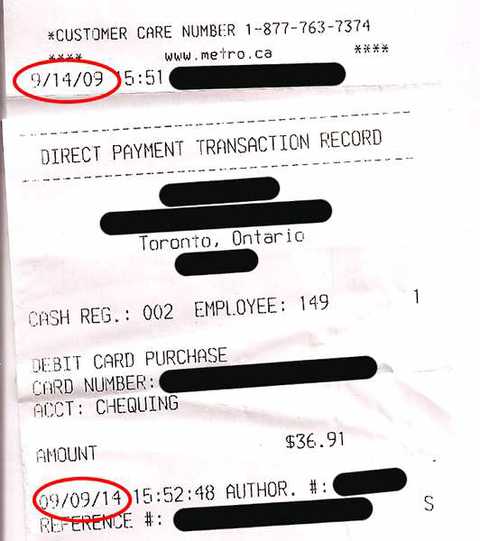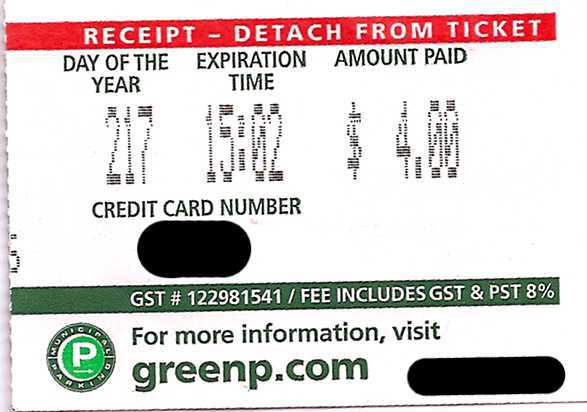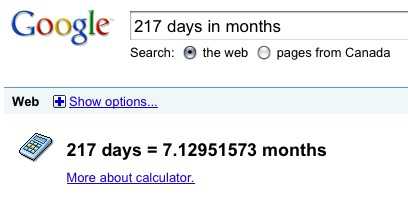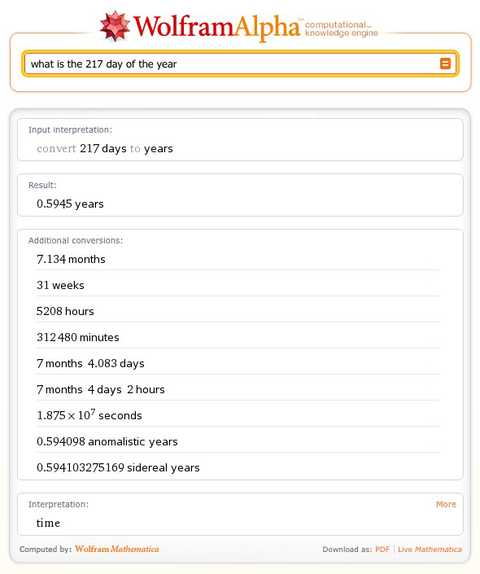How is it 2009 and we still can't write dates in a coherent way?
I have lived in North America my whole life. Most of that time was spent in the United States, but recently I moved to Canada. I really like it in Canada, but I have one gripe to share. Actually, it’s not so much a problem with Canada as it is a problem with humans, or perhaps it relates to the curious relationships between our planet, its moon, and its sun.
I have a problem with the way “we” write dates, but in particular, I have a problem with the totally inconsistent way people are writing dates in Canada.
Date templates
The US has about the dumbest system imaginable. The template goes “Month / Day / Year” as in “1/20/2009” is “January 20, 2009.” Nevertheless, it’s a template that basically everyone follows. I don’t know who made up the template or why, but the number form appears to map directly onto the written form.
Personally, I write my dates “Year / Month / Day.” First off, it alphabetizes correctly. 2009/01/01 will be listed before 2009/03/17, for example. While it’s true that the US system also has this property, my system nicely maps onto file/directory hierarchies. A folder called “2009” has 12 sub-folders called 01, 02, 03, etc. Each sub-folder has a folder for days. If you want to write the path to a specific day (say, the 3rd day of the 4th month of the 2009th year) you write 2009/04/03. You might notice that this is the format used by this very blog, which is because it’s awesome. The date is the filesystem path.
I was delighted to discover that some people in Canada use the same date format that I do, but as time went on, it became clear that this wasn’t a strict rule. To wit, I present two examples, ranging from terrifying to horrifying:
The grocery receipt
First, we have a fine specimen from Metro, which is one of the local supermarket chains. You will notice I have circled two dates in red. Let me be clear about this: these are not separate receipts. They are actually printed on the same, continuous sheet of paper.

Your eyes do not deceive you: they are different date formats. Which is which? I parse the first one as Month / Day / Year, and I parse the second as Year / Month / Day. In other words, the first is like the US system, and the second is like my ideal system, except they opted to not prefix the century (i.e. 2009 instead of 09). Naturally, I have a problem with leaving the century off (since you don’t know if they’re talking about 1909 or 2009) but that’s not the worst problem with the receipt.
The parking pass
In the second example, some enterprising individual completely sidestepped the date format problem, and instead presented us with this gem:

Again, your eyes are giving you correct information. Of course, it’s not clear at all which year it is, which will have profound consequences for that pesky “February 29” situation.
Converting days into months
Also, it’s just not that simple to convert days into a date. I present the following two solutions:
http://www.google.ca/search?q=217+days+in+months

That’s pretty good, insofar as I can tell that we’re talking about July, but it could be better.
http://www.wolframalpha.com/input/?i=what+is+the+217+day+of+the+year

Okay - that’s close enough. Assuming it’s not a leap year, this parking pass refers to July 4th. Right? Well, maybe, which brings us to the next problem: the Gregorian Calendar.
The Gregorian Calendar
Do you know what the product of 28 and 13 is? It’s 364, as in it’s just short of the amount of time the Earth takes to go around the sun once. You tack on 1.25 days, and you’re back with the normal year length we all know and love. That’s 13 months, not 12. How did something so elegant get so screwed up?
The first culprit is Pope Gregory XIII, who changed the calendar around because the date of Easter was shifting later and later in the year. You see, Easter is calculated according to an esoteric astral scheme including the sun and the moon (how pagan!) The next culprit is Julius Caesar, who can be blamed for the Julian calendar that so strangely distributed the days among the 12 months. Pope Gregory was simply revising the Julian system.
Back to the parking ticket. Knowing that 217 days is 7 months and 4 days doesn’t actually tell us the date, because it’s not clear how many days are in a month. I got the shivers simply writing that sentence… We can’t say, with any certainty, how many days are in a month; the best we can say is “it depends.” Terrible!
Conclusion
We’re screwed. The calendar is broken, so it’s not much wonder that we can’t write dates. We don’t have a definition of “month” so any attempt to convert days into months is hopeless. We can’t write dates according to any template because … well, I suspect no one gave it much thought.
Without further ado, I present the only date template that is guaranteed to be useful:
YYYYY/MM/DD
This makes “October 17, 2009” look like this: 02009/10/17. Yes, there’s an extra “0” in the year, but this is because we don’t want to screw up the year 10,000. I am in the habit of leaving the extra 0 off, but just be aware that it’s good practice. Every day is two digits; if the day is less than 10, you need the leading 0. That means you need to write January 1st as “2009/01/01”. This makes alphabetization work properly. The same goes for months - you need the leading 0.
There’s simply no other way, people!